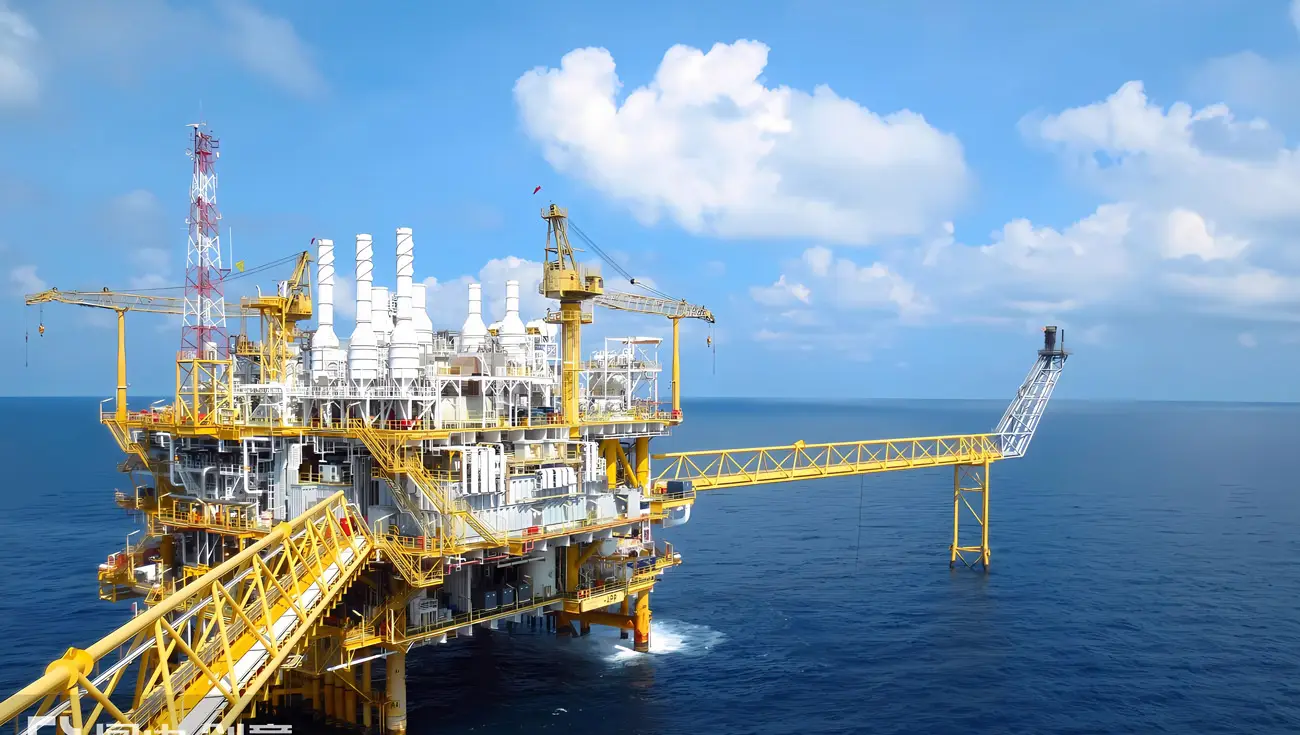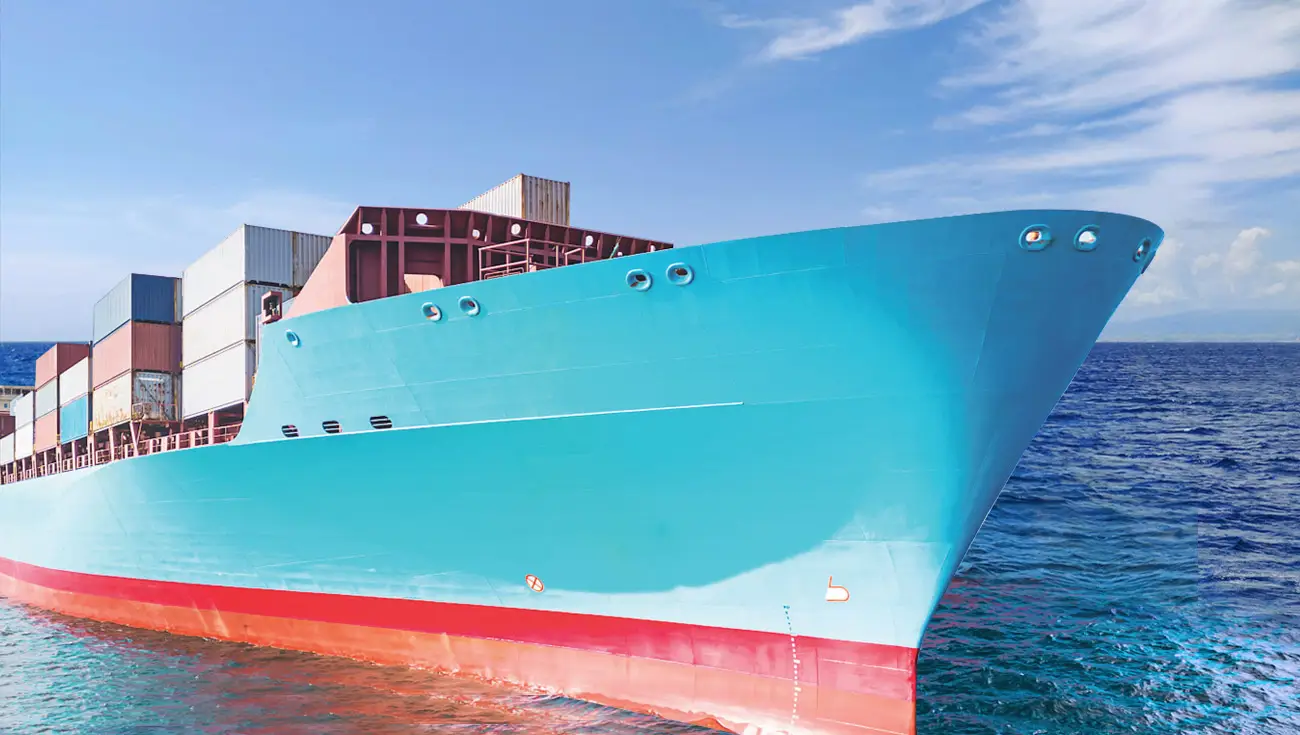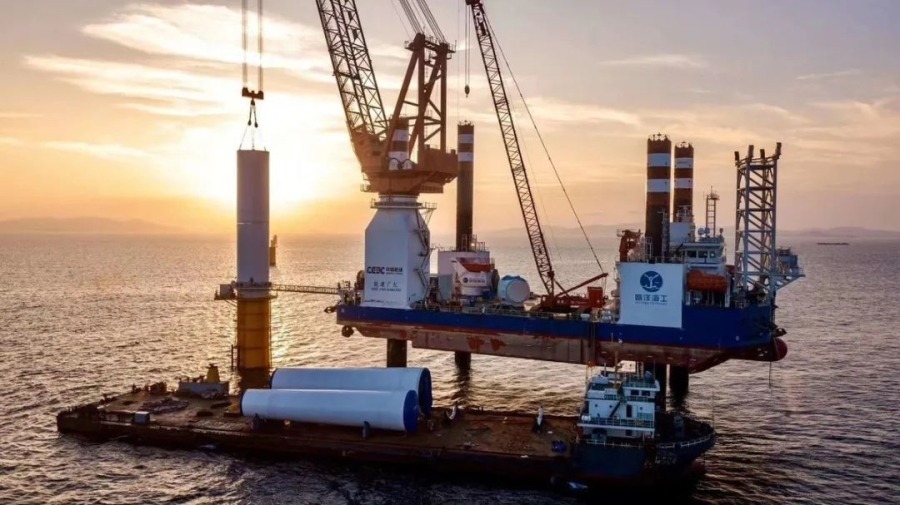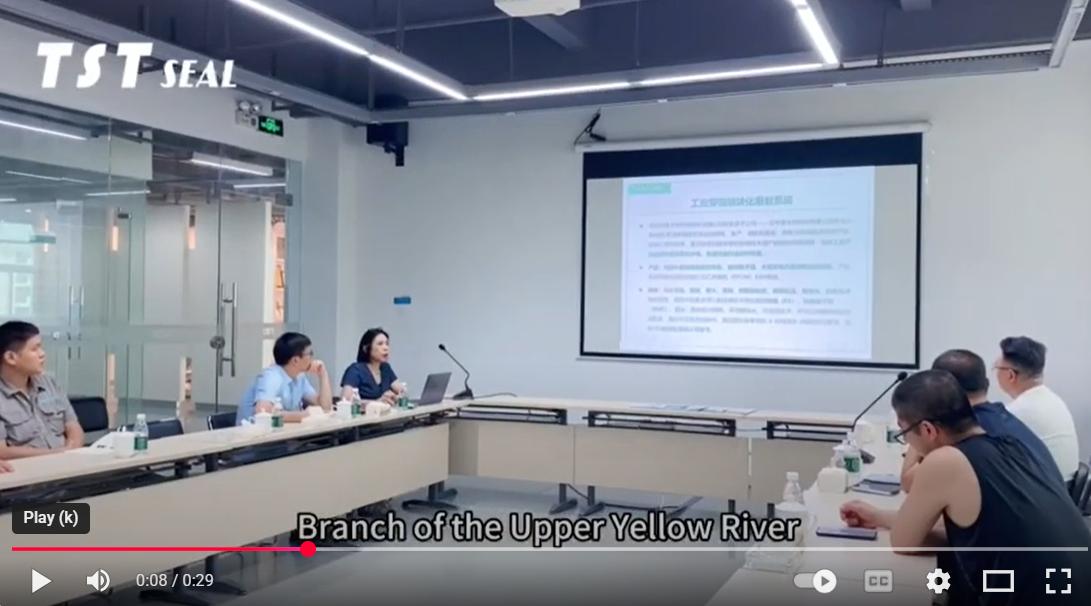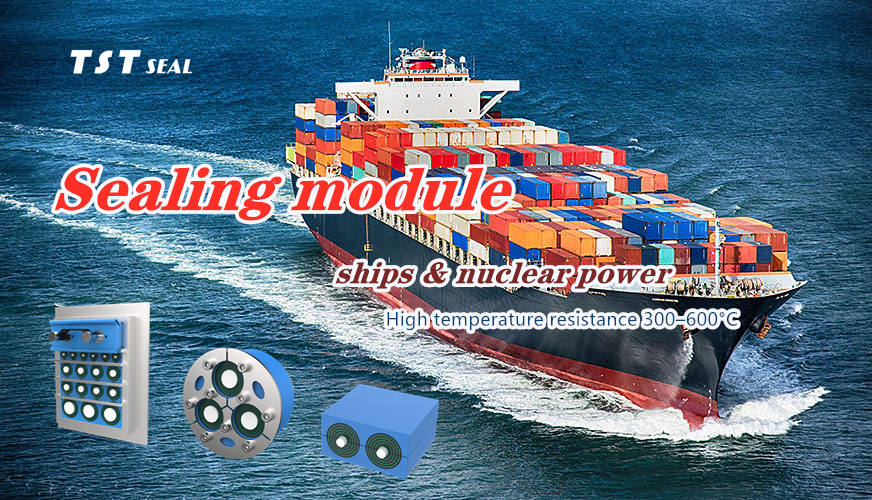
TST Seal :
- Fireproof
- Cable fixinAg
- Watertight
- Airtight
- Dustproof
- Noise reduction
- Vibration reduction
- Pressure resistance
- Corrosion resistance
- EMI/EMP
- Pest & rodent resistance
Related Articles
- circular seal (7)
- flange sealing (1)
- industrial sealing (2)
- MCT Transit Sealing System (1)
- rectangular seal (32)
- sealing modules (29)
- sealing solution (11)
A ship's "water lifeline": How do sealing modules safeguard the safe navigation of a 10,000-ton vessel?
Have you ever considered that a 10,000-ton vessel’s ability to navigate raging waves relies not only on powerful engines and sophisticated navigation systems, but also on thousands of invisible sealing modules? Like “waterproof tape,” TST SEAL sealing modules are interwoven throughout the hull, engine room, cables, and pipes, silently safeguarding the safety and stability of this “floating city.”
In the extremely complex environment of a ship—high salt spray, intense vibration, frequent temperature fluctuations, confined spaces, and flammable and explosive materials—a seal failure can lead to equipment short circuits and flooding, at best, or even fires and shipwrecks. Therefore, the philosophy of modern ships is no longer “more welds, the stronger,” but rather “smarter sealing, the safer.”
1. Bulkheads and Deck: The “Lifeline” of Fire and Water
What do ships fear most? Fire and flooding. Firewalls and watertight decks separating compartments are the first line of defense. When cables and pipes pass through these structures, they leave numerous holes, which must be tightly sealed with fireproof sealing modules.
Wedge-shaped fireproof sealing modules: Widely used in luxury cruise ships and LNG carriers. They install quickly, automatically expand in the event of a fire, and can withstand high temperatures for over three hours, ensuring that fire and smoke do not spread in the event of a fire.
Watertight penetrations: Used for ballast water pipes and cable passages. A double-pass O-ring + metal gland design maintains IP68 waterproofing even under deep-sea pressure, preventing seawater backflow.
Case Study: During the construction of a large domestic cruise ship, the TST SEAL modular fireproof sealing system was fully implemented, increasing cable penetration efficiency by 60% and passing the IMO (International Maritime Organization)’s most stringent SOLAS fire test.
2. Engine Room Power System: An Oil- and Explosion-Proof “Heart Armor”
The engine room is the heart of a ship, housing critical equipment such as diesel engines, generators, and hydraulic systems. High temperatures, high pressures, and oil mist are common here, placing extremely high demands on sealing.
Main shaft seal: The propeller shaft extends from the hull and must be protected against seawater backflow. A combination of air girth seals and mechanical seals is used to accommodate shaft misalignment and automatically seal during shutdown.
Fuel system seal: Metal spiral wound gaskets and explosion-proof joints are used at fuel line connections to prevent oil leaks and fires.
Explosion-proof electrical seals: All electrical enclosures in the engine room must comply with Ex standards. Cable entries utilize a three-in-one design with PG threads, EPDM seals, and grounding shields to eliminate the risk of spark ignition.
3. Cable and communication systems: Interference-resistant “nerve armor”
Modern ships are “mobile data centers,” relying on numerous cables for radar, navigation, communication, and automation systems. The electromagnetic environment in the engine room and on deck is extremely complex.
TST SEAL cable sealing modules with electromagnetic shielding (EMS) are not only waterproof and dustproof, but also shield against electromagnetic interference from inverters and radar, ensuring stable signal transmission. Composite sealing joints: Integrating four functions: waterproof (IP68), explosion-proof (Ex), shielding (SE), and grounding (BG), they are widely used on naval vessels and high-end commercial vessels.
Trend: With the development of smart ships, the demand for sealing of optical fiber + power composite cables is increasing, and dedicated optical cable sealing modules are becoming the new standard.
4. Specialty Ships: Customized Sealing Solutions
Sealing requirements vary significantly across different ship types:
LNG carriers: Cargo tank temperatures can drop as low as 162°C, requiring ultra-low-temperature sealing materials (such as PTFE and PCTFE) to prevent cold-brittle leakage.
Warships: Require stealth, impact resistance, and nuclear, biological, and chemical (NBC) resistance. Sealing modules must possess multiple properties, including electromagnetic shielding, airtightness, and resistance to toxic gas penetration.
Dredgers/offshore engineering vessels: Equipment exposed to mud and sand for extended periods requires highly wear-resistant seals (such as silicon carbide mechanical seals).
Industry Trends: From “Passive Protection” to “Intelligent Sensing”
Future ship sealing is moving towards intelligence:
Intelligent Monitoring Seals: Pressure, humidity, and leak sensors are embedded in key locations, uploading real-time data to enable predictive maintenance.
Green Materials: Halogen-free, low-smoke, and recyclable sealing materials are used to comply with new IMO environmental regulations.
Modular Prefabrication: Sealing components are pre-assembled in the shipyard workshop, reducing on-site work and improving quality consistency.
A ship, from keel to mast, from engine room to bridge, is filled with sealing modules. Unnoticed, they are the “invisible backbone” of a ship’s safe navigation. Behind every safe return from a long voyage lies the silent dedication of thousands of sealing points.
In the era of the “shipbuilding power” strategy and intelligent ships, China’s ship sealing technology is evolving from “following” to “keeping pace” and even “leading.” From deep-sea drilling platforms to polar research vessels, TST SEAL’s high-performance sealing modules are writing a “water legend” for Chinese intelligent manufacturing.
Free Sample | Customization Supported | Global Sales | Factory Direct Sales | Agents Welcome (Email:alixich@tstcables.com)

